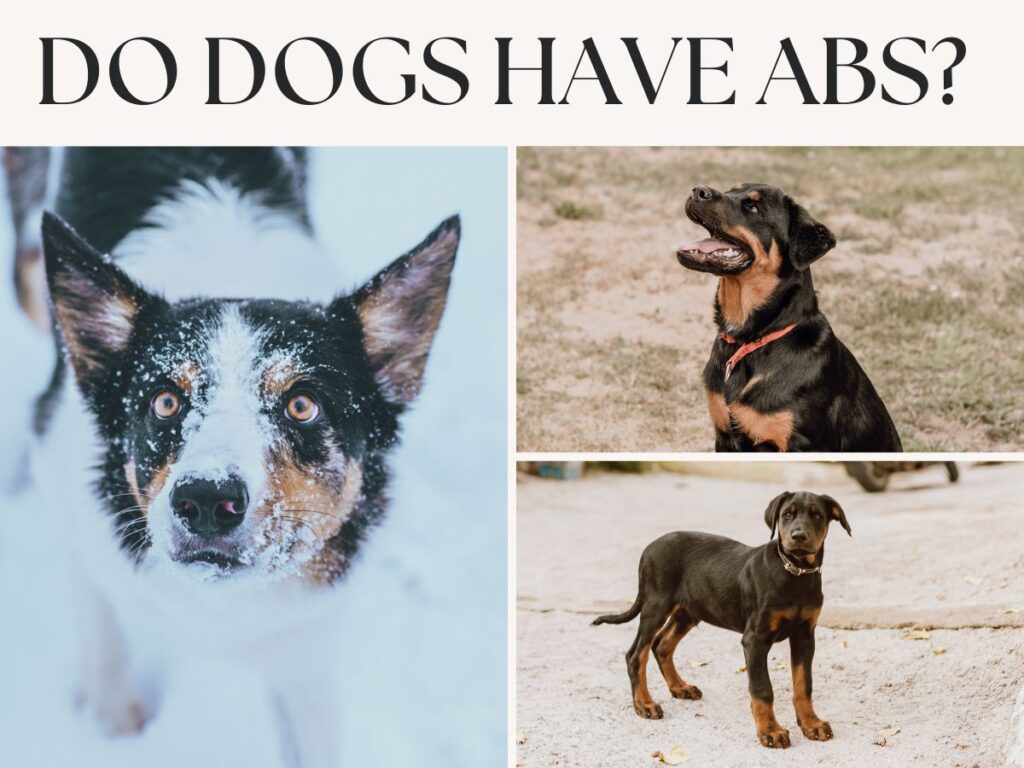
Do dogs have abs? The answer is a definite yes! Dogs possess abdominal muscles, commonly referred to as “abs,” although they may not resemble the well-defined six-pack typically associated with humans. Instead, dogs have a complex network of abdominal muscles that play crucial roles in their physical movement and overall health. The abdominal muscle group in dogs consists of the rectus abdominis, external abdominal oblique, internal abdominal oblique, and transversus abdominis, each serving a distinct function.
While these abdominal muscles exist in dogs, they may not always be visible due to the presence of fur covering their bodies, which can obscure muscular definition. Moreover, dogs naturally have more fat and loose skin around their belly area, providing protection for their internal organs. So, although you may not see a toned and sculpted midsection on your canine companion, rest assured that the abs are indeed present and working diligently to support their physical well-being.
In summary, dogs possess abdominal muscles akin to humans, but their appearance differs due to factors such as fur coverage and natural variations in body composition. Understanding the unique anatomy and function of dog abs sheds light on the importance of core strength and overall fitness in our furry friends.
Introduction
Have you ever wondered if dogs have abs like humans? When we think of abdominal muscles, we often picture the sculpted six-packs and toned cores of fitness enthusiasts. But what about our canine companions? Do they possess similar abdominal muscles that give them a defined midsection? In this article, we will embark on an intriguing exploration of dog fitness and anatomy to uncover the truth about whether dogs have abs. Join us as we delve into the world of dog core muscles, fitness, and health, unraveling the mysteries surrounding our furry friends’ abdominal strength. Get ready to discover the fascinating world of dog abs and gain a deeper understanding of their importance for overall health and well-being.
Understanding Dog Anatomy
Dogs, like humans, have a fascinating musculoskeletal structure that plays a vital role in their overall physical capabilities. While there are similarities between human and dog anatomy, there are also notable differences that make each species unique.
In terms of basic anatomy, dogs have a skeletal system consisting of bones, joints, and cartilage, just like humans. They possess muscles that allow them to move and perform various activities. However, the proportions and specific structures of these muscles may vary between humans and dogs.
One crucial similarity between humans and dogs is the presence of core muscles. The core muscles in both species play a crucial role in providing stability, balance, and support for the body. These muscles, including the abdominal muscles, help maintain posture and facilitate efficient movement. A strong core is essential for overall physical fitness and can contribute to improved performance and reduced risk of injuries in both humans and dogs.
While there are differences in the detailed anatomy and proportions between humans and dogs, understanding the importance of core muscles as a shared aspect highlights the significance of maintaining a strong and healthy core for both species.
The Core Muscles in Dogs
The core muscles in dogs are integral to their physical movement and overall health. These muscles provide stability and support to the spine, pelvis, and limbs, allowing dogs to maintain balance and perform various activities with ease.
The primary core muscles in dogs include the rectus abdominis, external abdominal oblique, internal abdominal oblique, and transversus abdominis. The rectus abdominis is commonly known as the muscle responsible for the “six-pack” appearance in humans. These muscles work together to assist in bending, twisting, and stabilizing the abdominal area in dogs.
While dogs have similar core muscles to humans, there are differences in their appearance and function. Dogs’ abdominal muscles may not be as visibly defined as in humans due to factors such as fur coverage and variations in body composition. Additionally, dogs naturally have more fat and loose skin in their belly area, which can further obscure the visible definition of their abdominal muscles.
However, despite the differences in appearance, the core muscles in dogs serve a similar purpose to those in humans. They provide stability to the spine and pelvis, support the internal organs, and assist in maintaining proper posture and balance. Developing and maintaining strong core muscles in dogs is crucial for their overall health, agility, and mobility.
Addressing the misconception of “dog abs” helps us understand that while dogs have abdominal muscles, their appearance may not mirror the well-defined six-pack commonly associated with humans. Nonetheless, the presence and function of these core muscles are vital for dogs’ physical well-being and should not be overlooked when considering their fitness and overall health.
Fitness and Health Benefits for Dogs
Maintaining a strong core in dogs offers numerous fitness and health benefits that contribute to their overall well-being. Here are some of the key advantages:
- Improved Physical Performance: A strong core enhances a dog’s physical performance by providing stability and balance during activities such as running, jumping, and playing. Well-developed core muscles allow dogs to move efficiently, maximizing their athletic abilities and overall agility.
- Injury Prevention: Core strength helps protect dogs from injuries by providing stability to the spine and pelvis. Strong core muscles support the entire musculoskeletal system, reducing the risk of strains, sprains, and other musculoskeletal issues. This is particularly important for active dogs or those participating in sports or intense physical activities.
- Enhanced Posture and Body Mechanics: Dogs with a strong core exhibit better posture and body mechanics. Core muscles help maintain proper alignment of the spine, reducing the strain on other muscles and joints. Improved posture promotes better movement patterns and can alleviate discomfort associated with poor alignment.
- Increased Stability and Balance: Core muscles play a significant role in a dog’s balance and stability. A strong core enables dogs to maintain stability while walking on uneven terrain, navigating obstacles, or even performing tricks. This is particularly important for older dogs or those with neurological conditions, as it helps prevent falls and improves their overall mobility.
- Rehabilitation and Injury Recovery: Core-strengthening exercises are often a part of rehabilitation programs for dogs recovering from injuries or surgeries. These exercises help rebuild muscle strength, restore stability, and aid in the recovery process by supporting the affected areas and promoting proper healing.
By prioritizing core strength in their dogs, owners can enhance their furry companions’ overall fitness, reduce the risk of injuries, and improve their quality of life. Incorporating regular core-strengthening exercises into their routine, under the guidance of a veterinarian or professional trainer, can contribute to a healthier, more active, and happier life for their four-legged friends.
Dog Exercise and Training for Core Development
Developing a strong core in dogs requires targeted exercise and training. Here are some effective methods to help strengthen your dog’s core muscles:
- Balance and Stability Exercises: Engage your dog in exercises that challenge their balance and stability. This can include activities such as balancing on unstable surfaces like balance discs or wobble boards. These exercises engage the core muscles as your dog works to maintain balance, improving core strength over time.
- Sit-to-Stand Exercises: Encourage your dog to perform sit-to-stand exercises, where they transition from a sitting position to standing. This movement engages the core muscles as they stabilize their body during the transition. You can reinforce this exercise by using treats or toys as a reward to motivate your dog.
- Controlled Leash Walking: Practice controlled leash walking exercises that encourage your dog to walk beside you with a straight back and engaged core. Use a harness or gentle leader to ensure proper alignment and avoid putting excessive strain on the neck. This exercise helps strengthen the core muscles while promoting good posture and body mechanics.
- Targeted Core Exercises: Incorporate targeted core exercises into your dog’s routine. These exercises can include “planks” or “bridges” where your dog holds a specific position with their body parallel to the ground, engaging the core muscles. Consult with a professional trainer or veterinarian to learn appropriate techniques and ensure your dog’s safety during these exercises.
- Fun and Interactive Play: Engage your dog in interactive play that encourages natural movements requiring core engagement. Activities like tug-of-war, fetch, and agility courses can help strengthen your dog’s core while providing mental stimulation and bonding opportunities.
Remember to start gradually and tailor exercises to your dog’s fitness level, age, and breed. Always prioritize your dog’s safety and well-being during any exercise or training sessions. Consistency is key, so aim for regular exercise sessions to see long-term improvement in your dog’s core strength and overall fitness.
In conclusion, incorporating a variety of exercises that challenge your dog’s balance, stability, and core engagement can significantly contribute to the development of a strong and healthy core. By consistently engaging in these exercises and providing mental stimulation through interactive play, you can help your furry friend achieve optimal core strength and overall fitness.
Muscle Building and Achieving a “Ripped” Look
When it comes to dogs, achieving a “ripped” or heavily muscled appearance is not necessarily a goal that should be pursued. Dogs naturally have different body compositions and proportions compared to humans, and their physical health and functionality should take precedence over aesthetics. However, building muscle strength in dogs can still be beneficial for their overall fitness and well-being. Here are some considerations:
- Balanced Exercise Routine: Focus on providing a well-rounded exercise routine that includes cardiovascular activities, strength training, and mental stimulation. Regular exercise helps build lean muscle mass, improve endurance, and maintain a healthy weight. Activities like swimming, walking, running, and interactive play can contribute to overall muscle development.
- Strength Training: Incorporate strength-building exercises into your dog’s routine. This can involve exercises such as uphill walks, climbing stairs, or using resistance tools designed specifically for dogs. Ensure that the exercises are appropriate for your dog’s breed, age, and fitness level. Seek guidance from a professional trainer or veterinarian to ensure proper form and safety during strength training sessions.
- Appropriate Nutrition: A balanced and nutritious diet is essential for muscle development and overall health in dogs. Provide a high-quality dog food that meets their specific nutritional needs. Consult with a veterinarian to determine the right portion sizes and ensure that the diet supports your dog’s muscle-building goals without excessive weight gain.
- Rest and Recovery: Allow for adequate rest and recovery periods between exercise sessions. Muscles need time to repair and grow stronger. Avoid overexertion and provide your dog with plenty of opportunities for relaxation and quality sleep.
- Regular Vet Check-ups: Schedule regular veterinary check-ups to ensure your dog’s overall health and to address any concerns or issues that may arise during the muscle-building process. Your veterinarian can also provide guidance on appropriate exercise routines and dietary adjustments based on your dog’s specific needs.
Remember, the emphasis should be on building a healthy and functional body rather than achieving a specific “ripped” look. Each dog is unique, and their individual genetic makeup and body structure will influence their muscle development. Prioritize their well-being, overall fitness, and happiness throughout the muscle-building journey.
Breeds with Athletic Builds and Muscular Physiques
While dogs may not typically exhibit a “dog six-pack” or a visibly ripped and shredded appearance like humans, certain breeds are known for their athletic builds and muscular physiques. These breeds showcase strength and power through their well-defined muscles, contributing to a fit and robust appearance. It’s important to note that the visibility of muscle definition can vary among individuals within a breed due to factors such as genetics, body composition, and fur coverage. However, breeds such as Boxers, Doberman Pinschers, Belgian Malinois, and Greyhounds are often recognized for their muscular bodies and athletic prowess. These dogs exemplify the beauty of strength and athleticism, showcasing their well-toned muscles in their own unique way.
Boxer
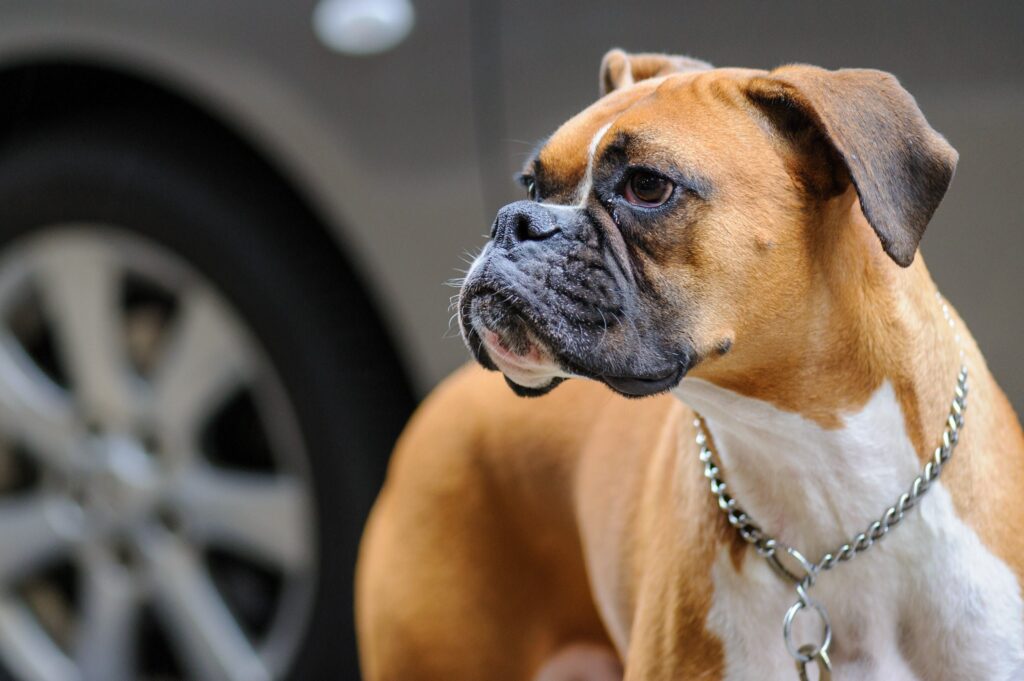
Boxers are medium-sized, muscular dogs known for their athletic build and well-defined muscles. They have a square-shaped, sturdy body with a broad chest and powerful shoulders. Boxers are energetic and playful, making them great companions for active individuals or families. While their abdominal muscles may not be prominently visible due to their loose skin, their overall muscular physique and strong presence make them an impressive breed.
Doberman Pinscher:

The Doberman Pinscher is a sleek and elegant breed known for its muscular and powerful physique. They have a well-defined chest, deep abdomen, and a lean body structure. Dobermans are highly intelligent, loyal, and protective, making them excellent working dogs and family companions. Their athletic build and muscular appearance contribute to their confident and commanding presence.
Belgian Malinois
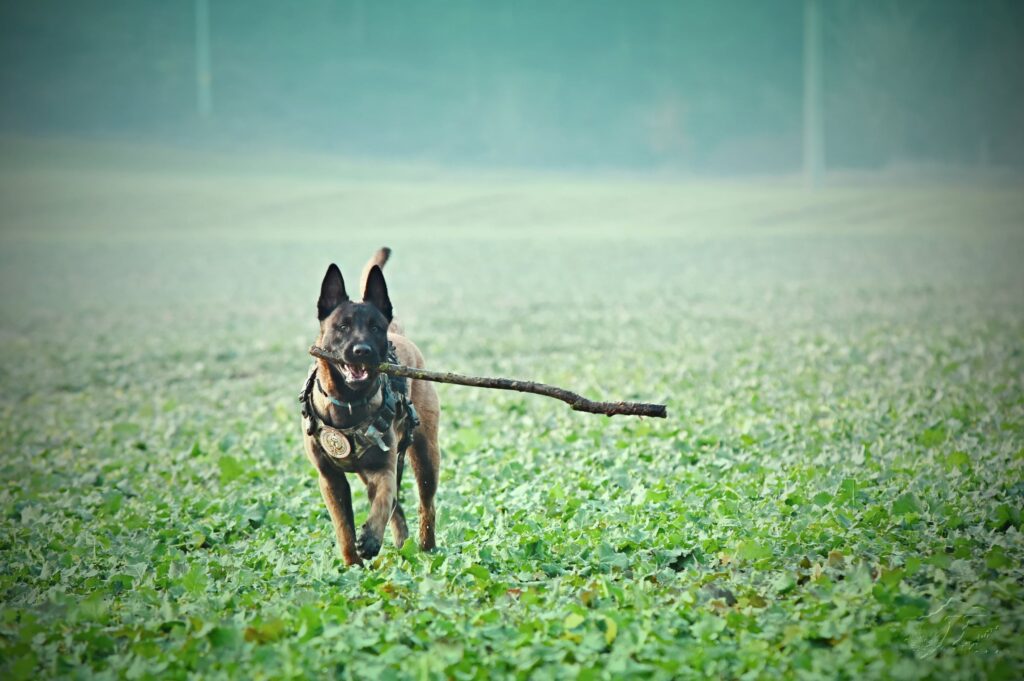
Belgian Malinois is a breed renowned for its athleticism, agility, and muscular build. They have a strong and well-muscled body, reflecting their working dog heritage. Belgian Malinois are known for their endurance and versatility, excelling in various activities such as obedience, agility, and protection work. While their abdominal muscles may not be visibly pronounced, their overall muscularity and athletic prowess make them a popular choice for working roles and sport competitions.
Staffordshire Bull Terrier
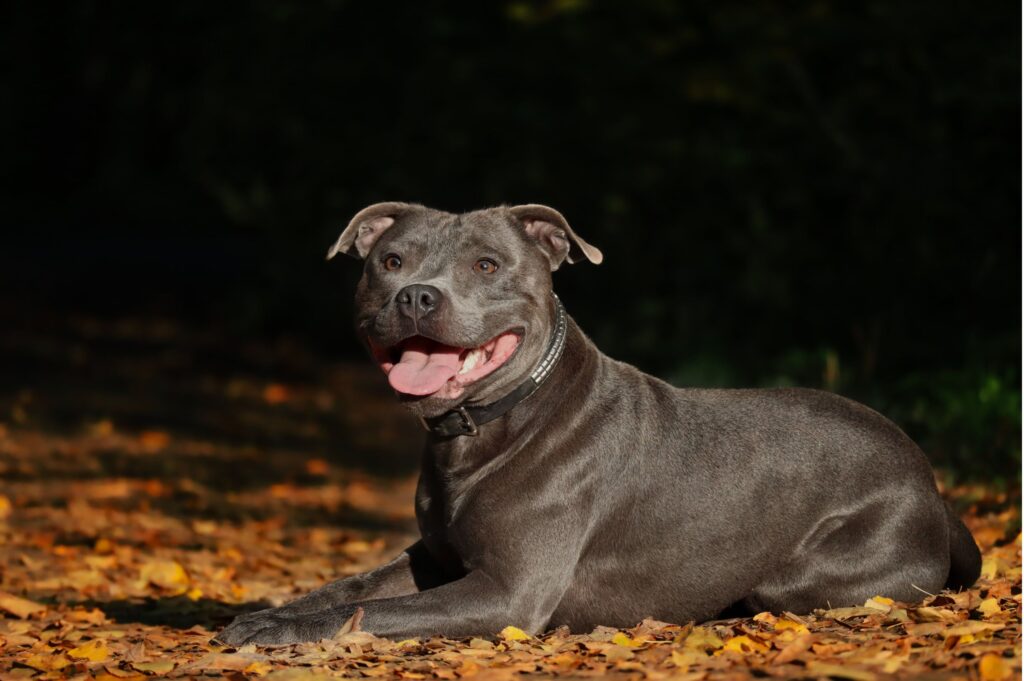
The Staffordshire Bull Terrier, often referred to as the Staffie, is a compact and muscular breed. They have a stocky, well-muscled body with a broad chest and strong shoulders. Staffies are known for their strength, agility, and endurance. Despite their muscular build, they are friendly, affectionate, and make excellent family pets. Their muscular physique adds to their overall robust appearance and showcases their athleticism.
Bulldog

The Bulldog, also known as the English Bulldog, has a distinctive and muscular build. They have a medium-sized body with a low-slung, thickset frame. Bulldogs have a broad chest, powerful shoulders, and well-developed muscles. Though they may have a stocky and somewhat chubby appearance, their muscular structure is evident. Bulldogs are known for their friendly and docile nature, making them beloved companions.
Rottweiler
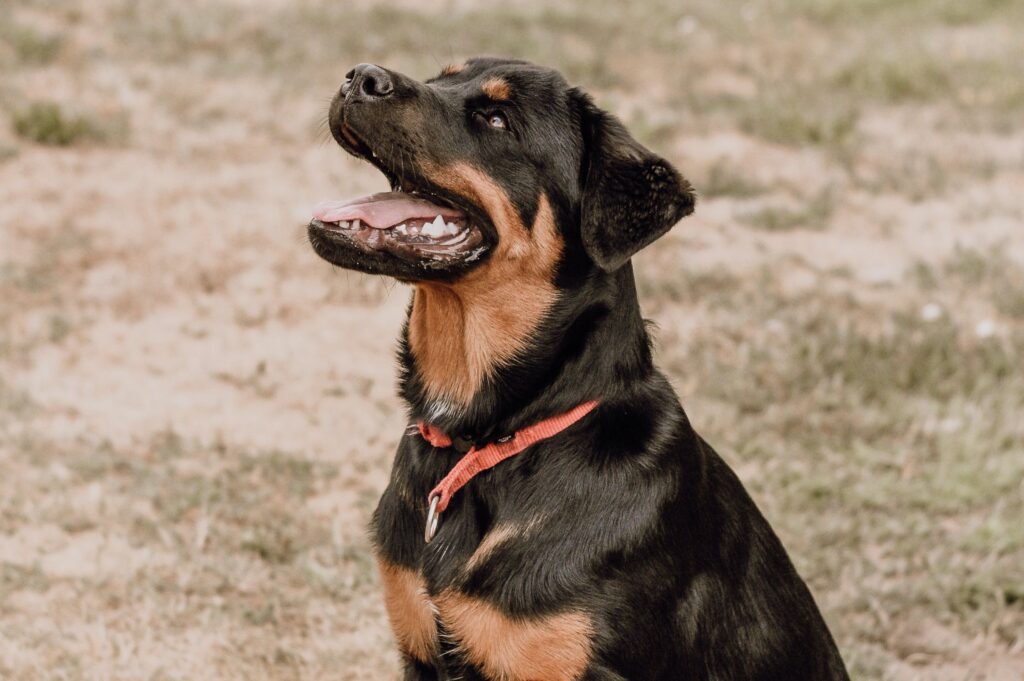
Rottweilers are large and robust dogs with a powerful and muscular build. They have a broad chest, strong neck, and well-defined muscles throughout their body. Rottweilers are known for their strength, loyalty, and protective nature. They make excellent working dogs and are often utilized in roles such as guarding, search and rescue, and police work. Their muscular physique is a testament to their power and capability.
Australian Cattle Dog

The Australian Cattle Dog, also known as the Blue Heeler or Queensland Heeler, is a medium-sized breed with a strong and muscular body. They have a compact frame, deep chest, and well-developed muscles. Australian Cattle Dogs are highly active, intelligent, and have immense endurance. Originally bred for herding cattle, they excel in various dog sports and working roles. Their muscular build enables them to perform demanding physical tasks with agility and strength.
Each of these breeds demonstrates the beauty and functionality of a well-developed physique, showcasing their athleticism and strength. While they may not exhibit a “dog six-pack” or a ripped appearance like humans, their muscular builds contribute to their impressive and powerful presence. It’s important to remember that each individual dog within these breeds may have variations in muscle definition influenced by factors such as genetics, diet, and exercise.
Check out: All about dogs.
FAQ
Q: Should I be concerned if my dog doesn’t have visible abs?
A: No, there is no need for concern. In fact, it is normal for most healthy dogs not to have visible abs. The overall health and strength of a dog do not rely on visible muscular definition but rather on factors such as regular exercise, a balanced diet, and routine veterinary check-ups.
Q: Can all dogs perform exercises to strengthen their abs?
A: Yes, but it is important to customize the exercises based on your dog’s age, breed, and health condition. Older dogs or those with health issues may require a gentler exercise routine that suits their specific needs. Consulting with a professional trainer or veterinarian can help determine suitable exercises.
Q: How frequently should my dog exercise to develop strong abs?
A: Regular exercise is crucial for dogs. However, the duration and intensity of the exercise regimen should be adjusted according to factors such as the breed, age, and overall health of the dog. Consulting with a veterinarian can provide guidance on establishing an appropriate exercise routine for your dog’s individual requirements.
Q: So, do all dogs have visible abs?
A: No, visible abs are not commonly seen in most dog breeds. The visibility of abdominal muscles can be influenced by factors such as fur coverage, body composition, and genetics. However, it is important to focus on promoting overall muscle strength and fitness through regular exercise and a healthy lifestyle, rather than solely aiming for visible abs.
Q: Is it necessary for my dog to have visible abs in order to be healthy?
A: No, visible abs are not a necessary indicator of a dog’s health. A dog can be healthy, fit, and strong without displaying visible muscular definition. Prioritizing a balanced diet, regular exercise, and routine veterinary care will contribute to your dog’s overall well-being and quality of life.

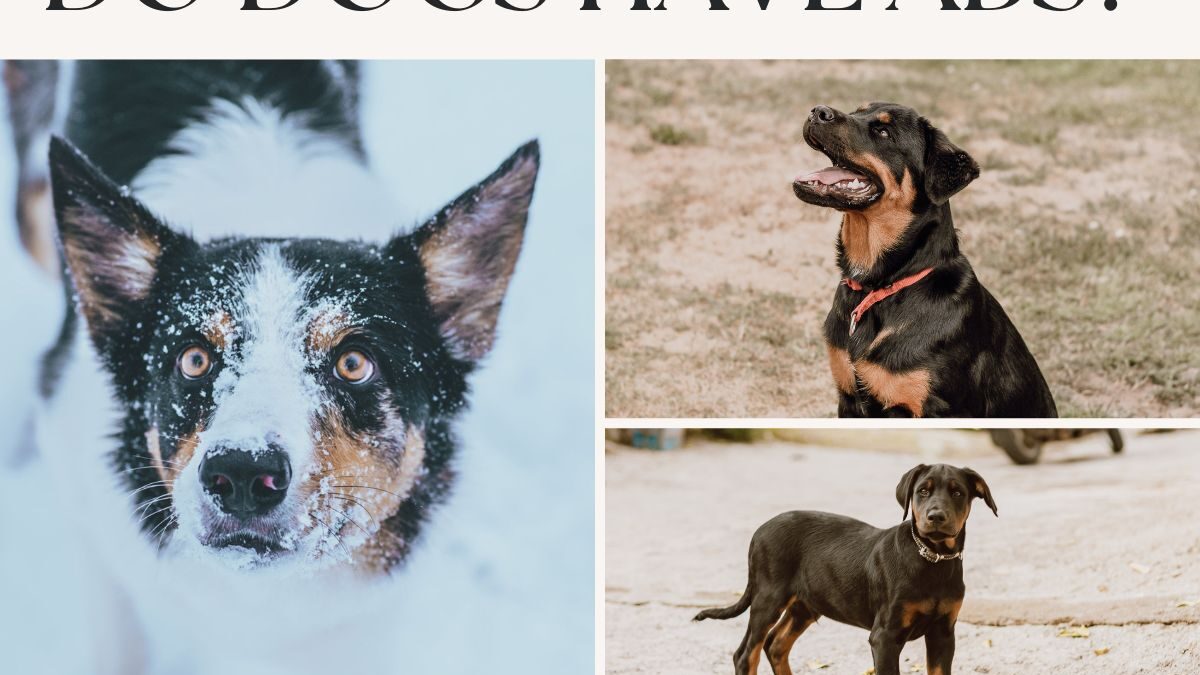
Can Dogs Eat Cake Frosting? Complete Guide - Pawsgal
[…] Do Dogs Have Abs? […]
Pros and Cons of Retired Breeding Dogs: A Comprehensive Guide - Pawsgal
[…] Dogs Eat Cake Frosting? Complete Guide Do Dogs Have Abs? Exploring Canine Anatomy and Fitness My Dog Ate a Latex Glove: What to Do and How to Prevent […]
Unpopular Opinion: Why Boxers are the Worst Dogs - Pawsgal
[…] Do Dogs Have Abs? […]